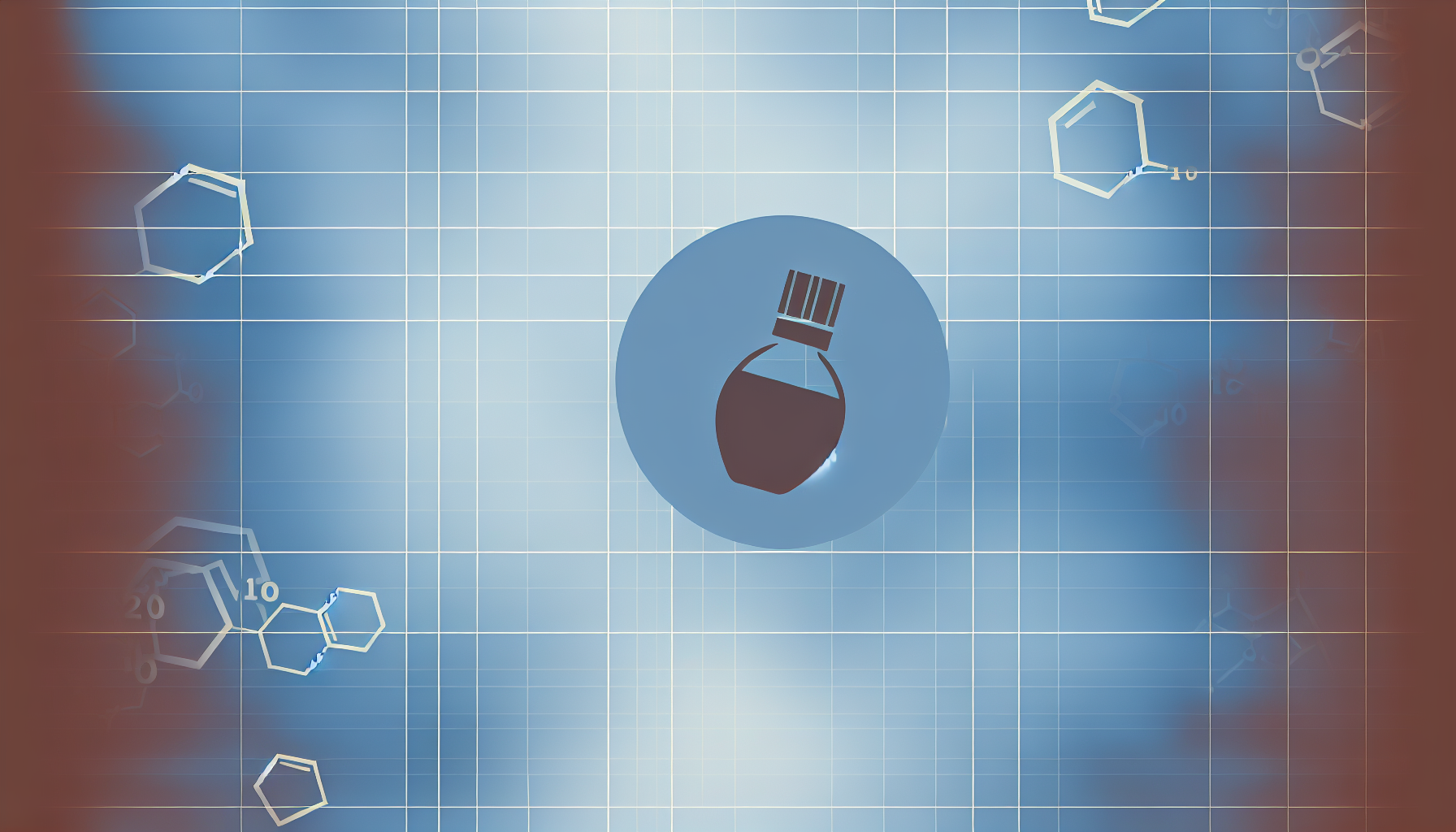Refractometers are optical devices that are used to determine the percentage of soluble solids in a liquid solution, making use of the principle of total refraction of light (caused by the type and concentration of substances dissolved in a liquid solution, for example, sugar. ), which takes place in the boundary layer between the prism and the sample. The refractometer therefore measures the density of liquids, the denser a liquid, the higher the refraction, the higher the sugar content, the higher the refractive index.
Refractometers are instruments widely used in the industry to monitor fermentation, since these equipments measure the sugar content in grapes, based on the refraction of light. In other words, a refractometer can measure the sugar content in grapes, and indicate the probable or potential degree of alcohol that the wine will have, which is why it is considered essential equipment in wine production.
In the wine industry, the refractometer units of measure are based on the principle that 16.5 g of sugar produces 1% alcohol.
Importance of the refractometer in the wine industry
In the wine industry, a refractometer is a tool that can be used to diagnose the health of crops, through the Brix classification system. Since Brix degrees are a good way to measure the sugar content of grape crops, and the information they provide can be used to schedule the harvest and help improve other aspects of production, including irrigation, fertility, and post-harvest management. -harvest.
The refractometer is considered an economical, efficient and effective way to eliminate problems in the development of grape crops, because this easy-to-use instrument provides scientific guidance regarding the health of the crops and what you should do to let them grow to their full potential.
In other words, it can be said to be one of the most valuable measurement tools in the wine industry.
What units does a refractometer measure?
Its operation is based on using the refraction of light, which is a physical property of any substance and is related to some physical properties such as density. From this, and according to its application, different scales are built. The most used scale is degrees Brix (Proportion of sucrose or salts in a solution). There are other scales, such as:% salt, gs, g / dl, nD,% w / w,% vol,% water, mash sacch, M-10, MDT, among others. That is why a refractometer allows:
- Identify a substance.
- Verify its degree of purity.
- Analyze the percentage of solute dissolved in a given solution.
- Offer other qualitative analyzes.
At Kalstein we are MANUFACTURERS and we have high quality and precision refractometers at excellent PRICES. That is why we invite you to take a look at our refractometers available HERE




